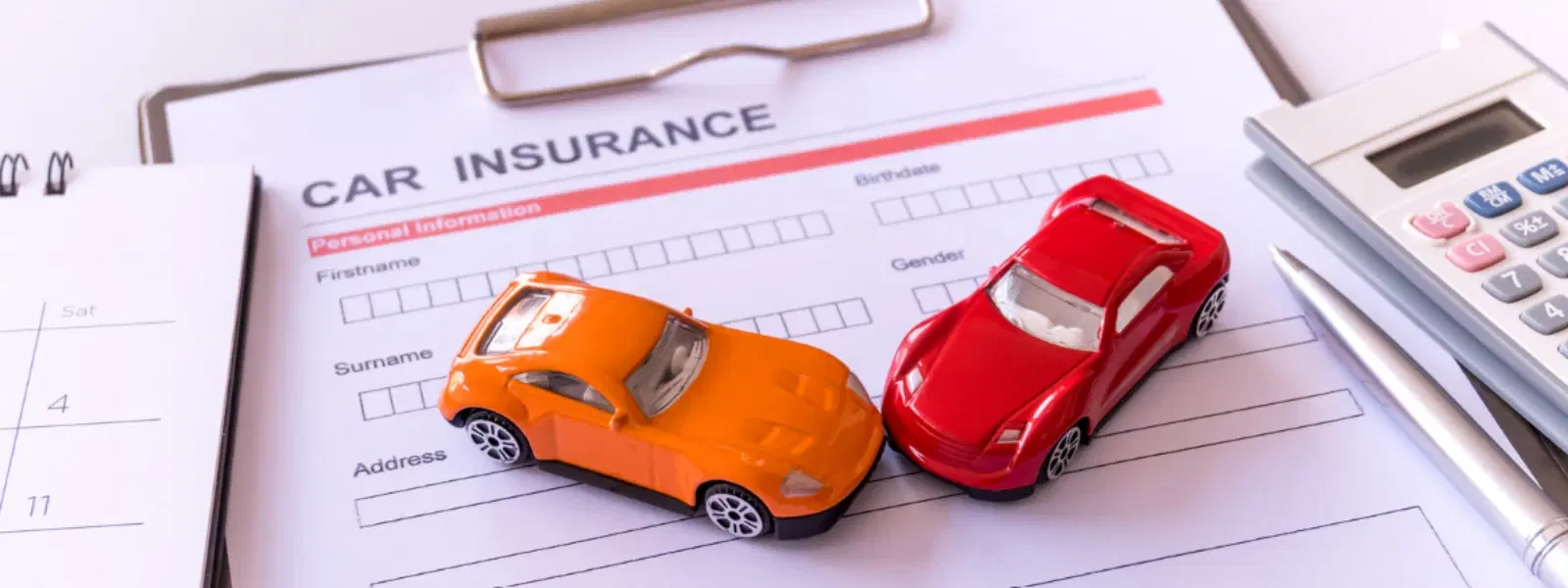
Insurance
•04 min read

Your vehicle is not only a means of mobility but also an asset that typically requires adequate protection. When it comes to car insurance, one of the key concepts that generally influences both the premium and the claim settlement is the Insured Declared Value (IDV). IDV generally represents the current market value of your vehicle after considering depreciation. Understanding the process of determining this value can help in ensuring that coverage remains appropriate while managing ongoing insurance costs. Coverage, inclusions, exclusions, benefits, and terms vary by the specific plan chosen. Refer to policy documents for details.
IDV stands for Insured Declared Value. It is generally the maximum sum assured by the insurer in the event of theft or total loss of your vehicle. Generally, the IDV reflects the current market value of your car while taking into account depreciation over time. This value typically sets the ceiling for the compensation that may be paid if the vehicle is declared a total loss.
The significance of IDV is typically reflected in its influence on both premium amounts and potential claim payouts. A higher IDV generally leads to higher premiums; however, it may result in a proportionately higher compensation during a claim. Conversely, a lower IDV usually means that premiums are more manageable, though the claim amount might be lower. It is generally advisable to strike a balance between adequate coverage and manageable premium expenses.
IDV is generally calculated using a standard formula. The formula is expressed as:
IDV = (Manufacturer’s Listed Price - Depreciation) + (Cost of Accessories - Depreciation of Accessories)
In practical terms, the calculation typically involves subtracting the depreciation from the original manufacturer’s listed price of the vehicle and then adding the depreciated value of the accessories. Depreciation rates are generally standardized according to regulatory guidelines, ensuring a systematic evaluation. This is a simplistic indication. Coverage, inclusions, exclusions, benefits, and terms vary by the specific plan chosen. Refer to policy documents for details.
Depreciation generally plays a crucial role in determining the IDV. Typically, newer vehicles have a lower depreciation percentage compared to older vehicles which tend to depreciate at higher rates. These rates are generally defined by regulatory guidelines and apply to both the manufacturer’s price and the cost of accessories.

In cases involving older vehicles or those that have undergone significant modifications, the calculation of IDV may involve a mutual agreement between the insurer and the insured. Additionally, accessories that were not originally part of the vehicle may be valued separately, with their own applicable depreciation adjustments.
Typically, several factors influence the final IDV of a vehicle. The age of the vehicle is usually one of the primary determinants since depreciation generally increases with time. The manufacturer’s listed price and the specific model type typically play important roles. Additionally, the overall condition of the vehicle and the location of its purchase can also affect its market value. Any modifications or additional accessories might further adjust the calculated IDV.
The association between IDV and the insurance policy is generally direct. A higher IDV typically means that the premium will be higher, and during a claim, the compensation is generally subject to the declared IDV. It is therefore important to consider the premium payment options available: Premiums can be paid on a monthly, annual, quarterly, half-yearly options or one-time basis, depending on the plan terms. Coverage, inclusions, exclusions, benefits, and terms vary by the specific plan chosen. Refer to policy documents for details.
Selecting an appropriate IDV involves balancing sufficient coverage with manageable premium payments. As vehicles generally age and their market values decrease, it may be worthwhile to adjust the declared IDV during policy renewal. This adjustment helps ensure that premiums remain in line with the actual insured value of the vehicle, avoiding both excessive payments and insufficient coverage. Regular assessment of the vehicle’s condition, usage, and any modifications is generally recommended when determining the appropriate IDV.
A frequent misconception is to equate the IDV with the resale value of the car. It is important to note that IDV represents the insured value used solely during claim settlements and is not the same as the market resale price, which is generally influenced by varying factors such as demand and condition. Declaring the IDV correctly is generally important to ensure that the compensation in the event of a total loss is representative of the actual value of the vehicle.

There are several online resources available that typically assist in calculating the IDV of a vehicle. These calculators usually apply standard depreciation rates to the manufacturer’s listed price and the cost of accessories, offering quick estimates that can help in making informed decisions. This is a simplistic indication. Coverage, inclusions, exclusions, benefits, and terms vary by the specific plan chosen. Refer to policy documents for details.
Insured Declared Value.
Typically, the calculation follows the formula: (Manufacturer’s Listed Price - Depreciation) + (Cost of Accessories - Depreciation of Accessories). This is a simplistic indication. Coverage, inclusions, exclusions, benefits, and terms vary by the specific plan chosen. Refer to policy documents for details.
Generally, a higher declared IDV leads to higher premiums, while a lower IDV tends to result in lower premiums.
Typically, it is possible to adjust the IDV during renewal to better reflect the current market value of the vehicle. Coverage, inclusions, exclusions, benefits, and terms vary by the specific plan chosen. Refer to policy documents for details.
No, the IDV is generally used as the insured value for claim settlement and is distinct from the resale value, which is typically influenced by market demand and the overall condition of the vehicle.
In summary, the Insured Declared Value (IDV) is generally a fundamental element in car insurance, influencing both the premiums paid and the compensation received in the event of theft, accident, or total loss. By understanding the components that contribute to IDV and utilizing available calculation resources, vehicle owners can make informed decisions that align with their risk management and financial planning needs. Coverage, inclusions, exclusions, benefits, and terms vary by the specific plan chosen. Refer to policy documents for details.